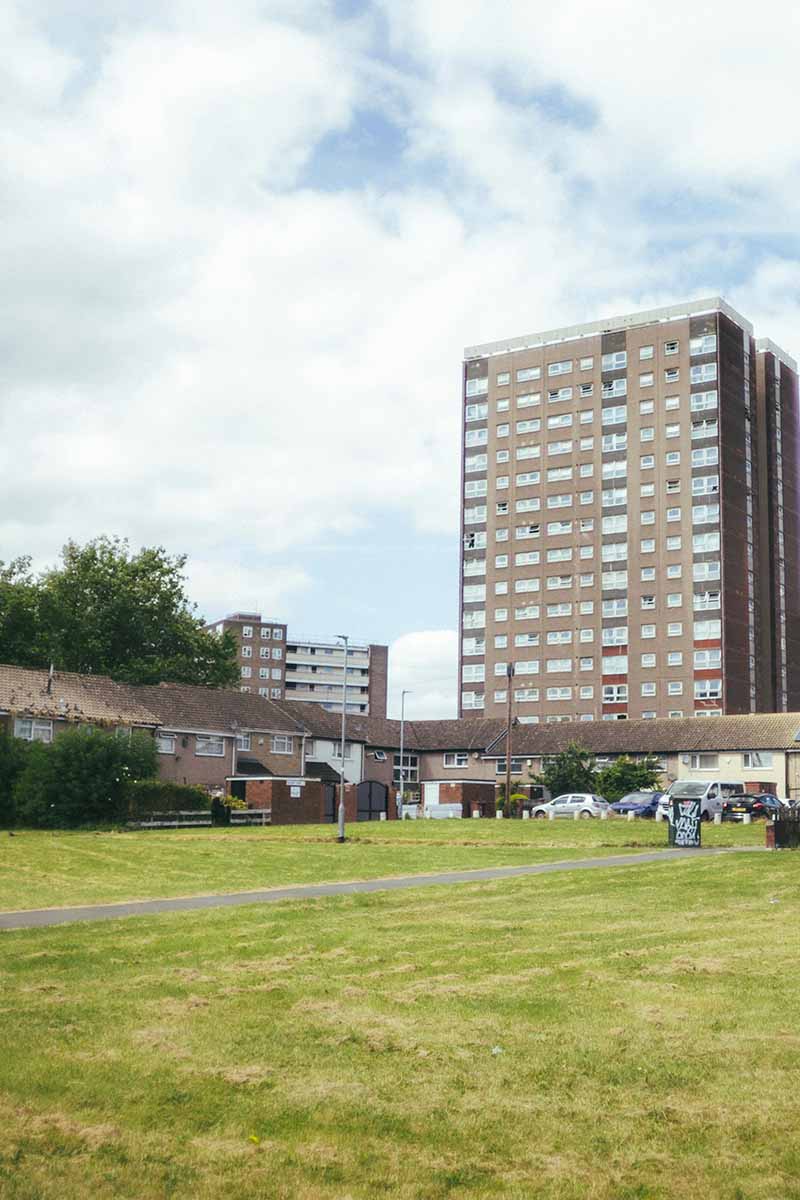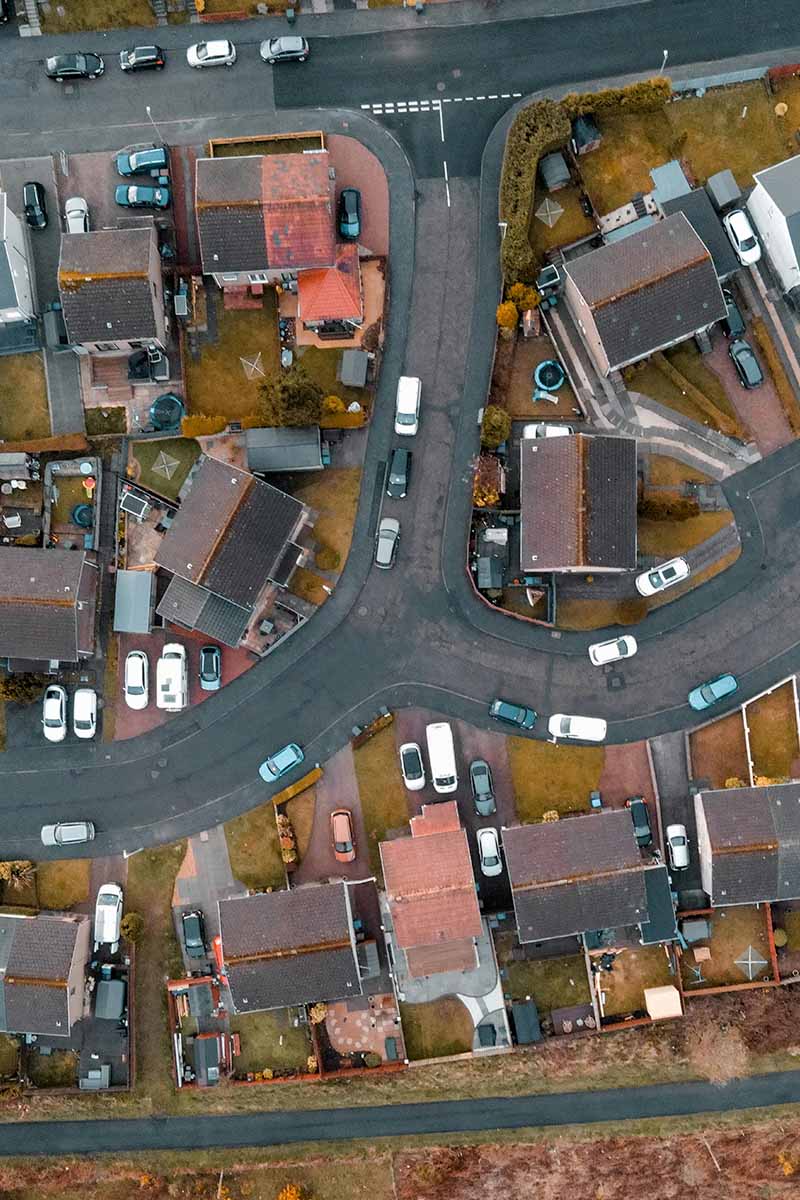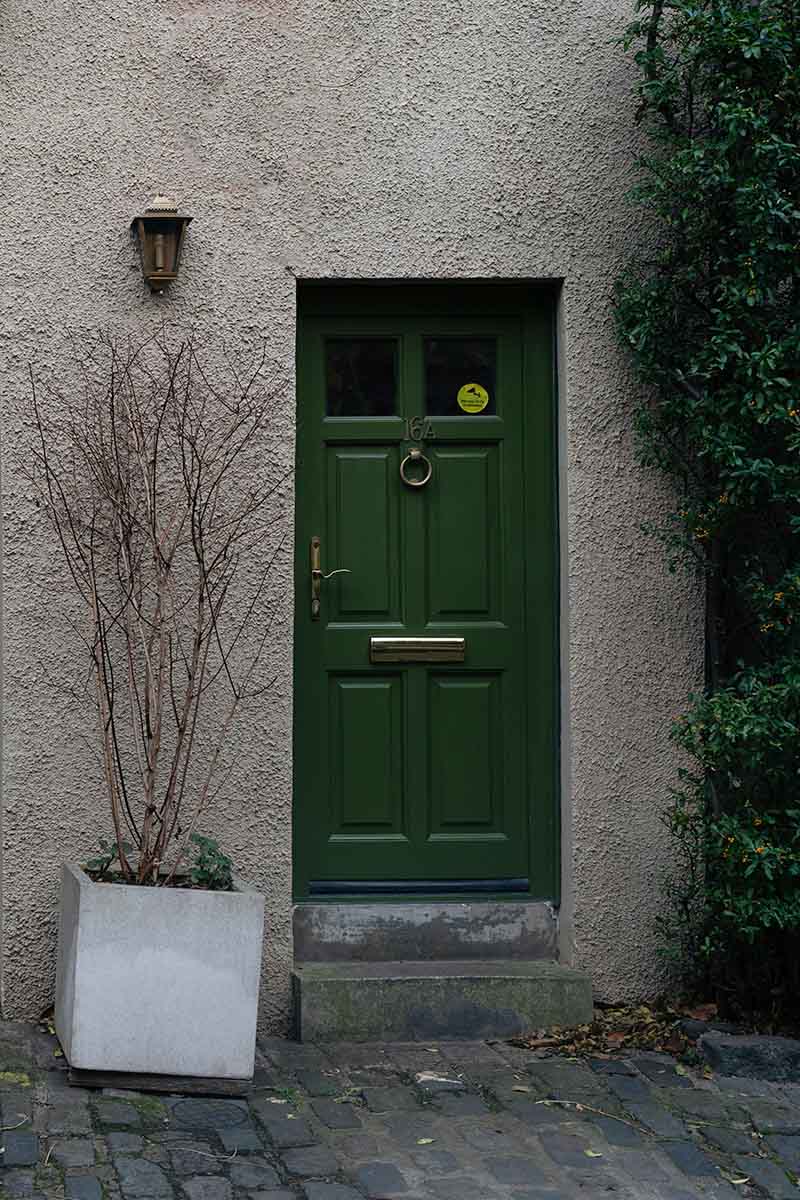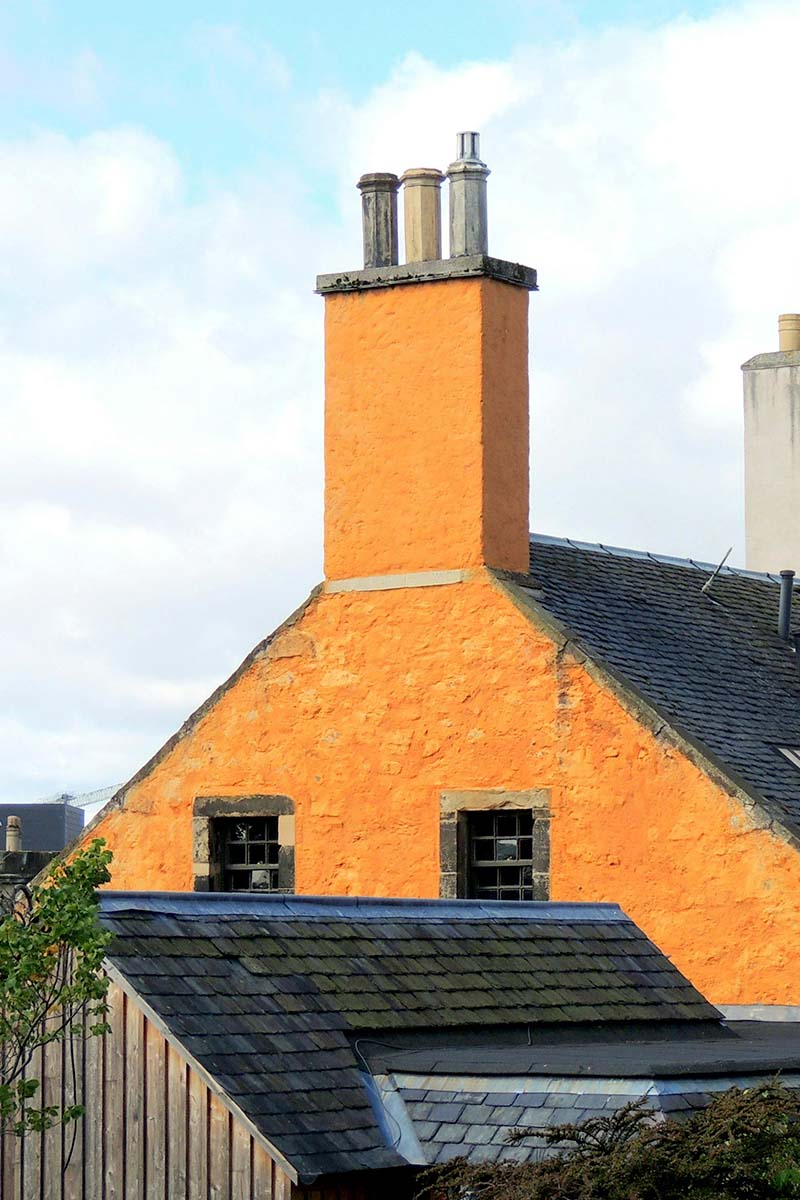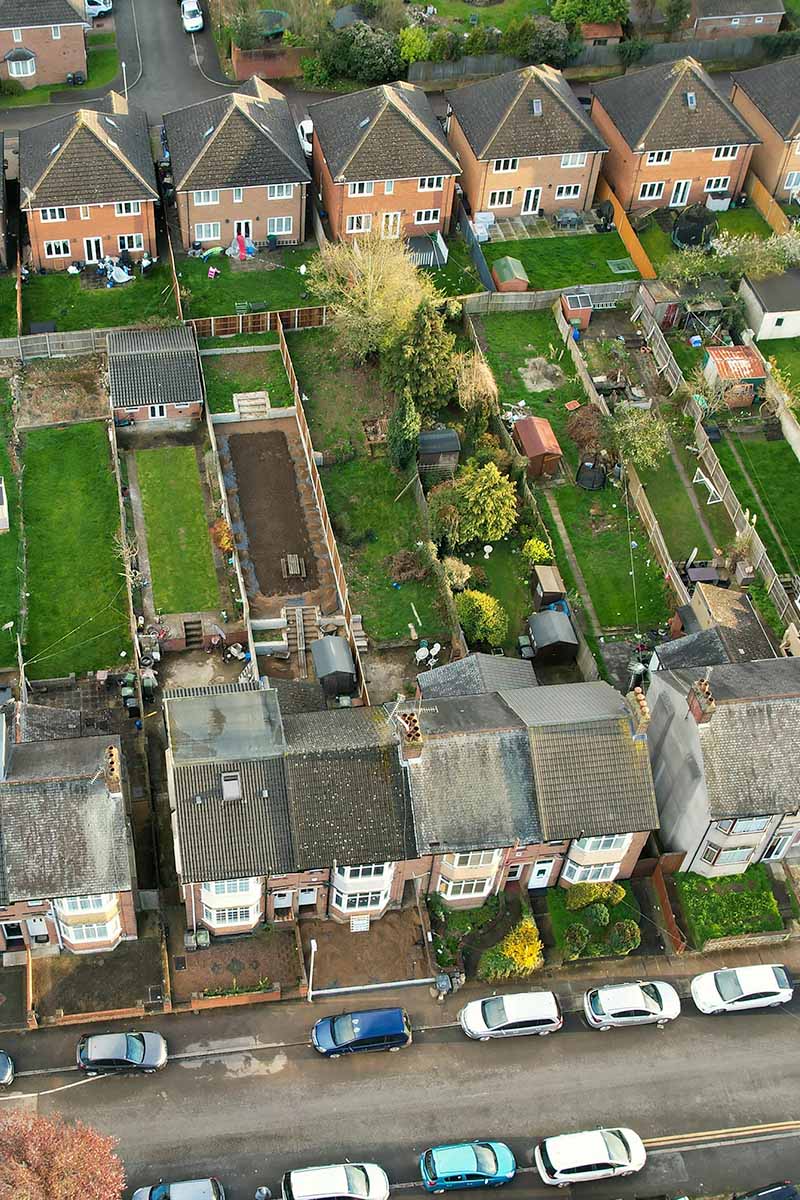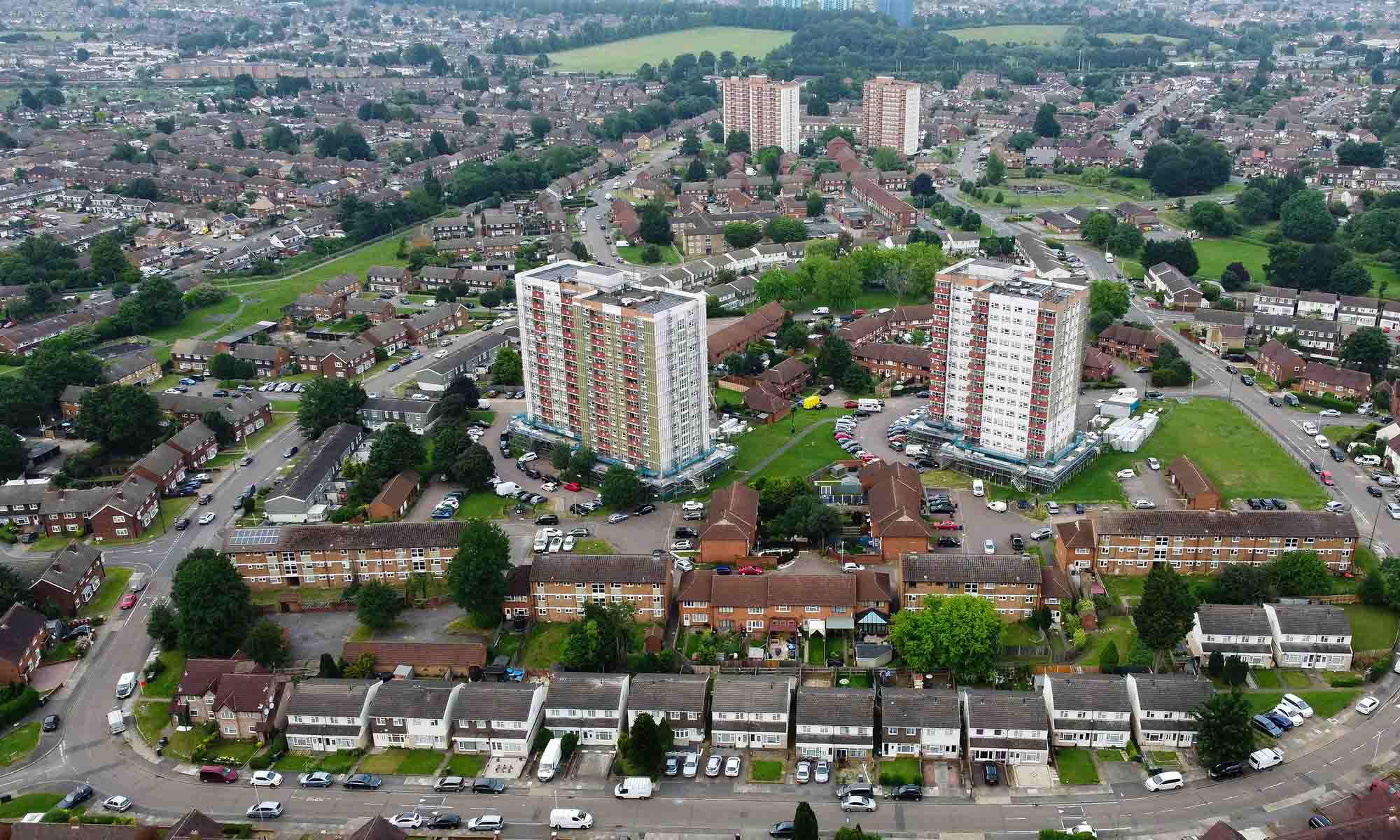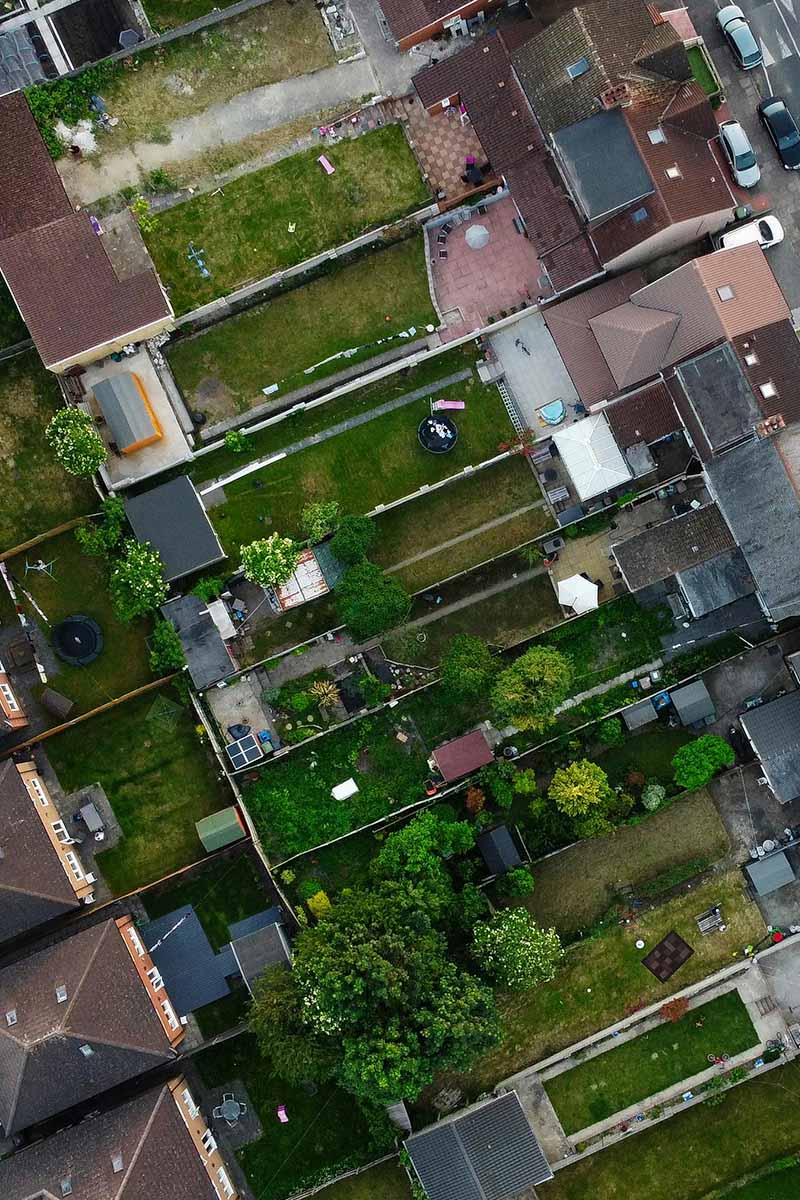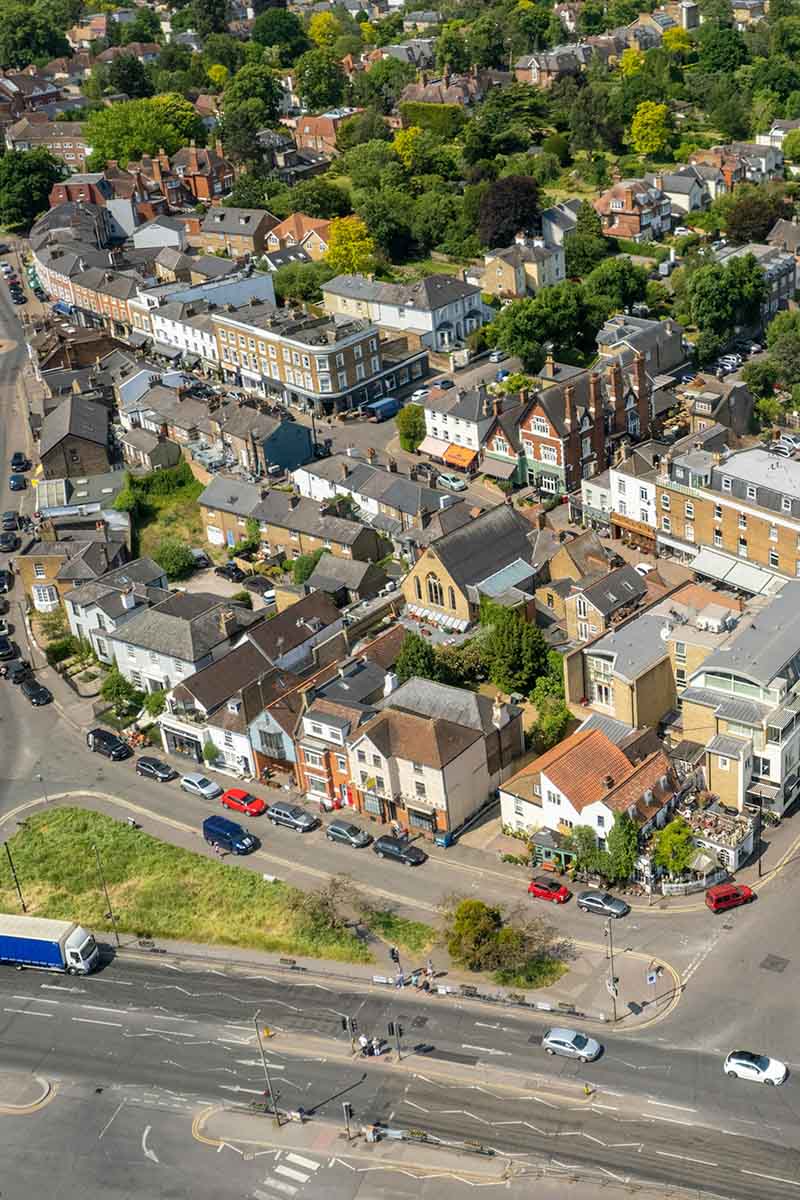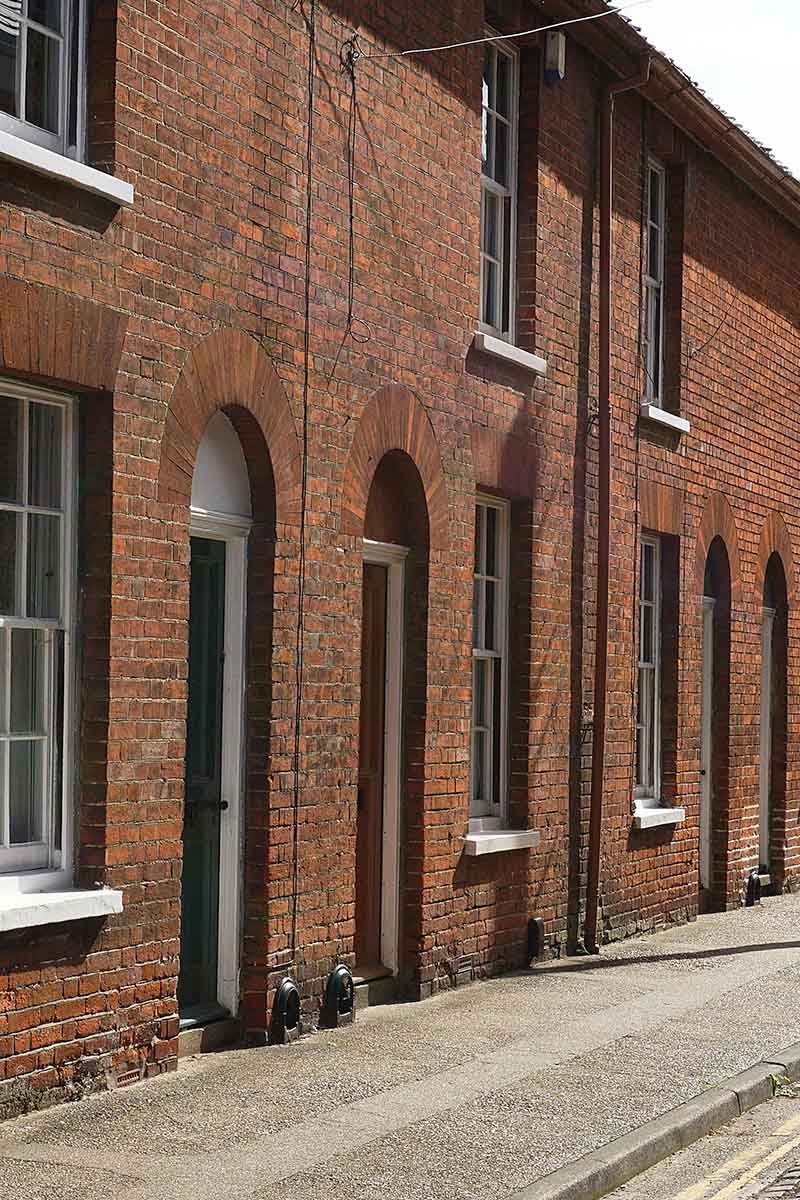Can my neighbour remove a fence between our properties?
Whether your neighbour can remove a fence between your properties depends on ownership, location, and any legal restrictions such as covenants, planning rules, or agreements. In most cases, they can only remove a fence if they own it outright and it’s located entirely on their land. If the fence is yours, shared, or its ownership is unclear, removing it without permission could amount to trespass or criminal damage.
The key facts below give you a snapshot of the rules and steps you can take when it comes to fences between properties.
- Ownership matters — a neighbour can usually only remove a fence if it is entirely theirs and on their land.
- No general legal requirement for a fence to exist unless deeds, covenants, or regulations require one.
- Joint fences or unclear ownership require mutual agreement before removal or alteration.
- Removing or altering without permission can lead to civil claims or criminal charges.
- Planning rules may apply if changing height above 2 metres.
- Trespass occurs if they enter your land without consent to work on the fence.
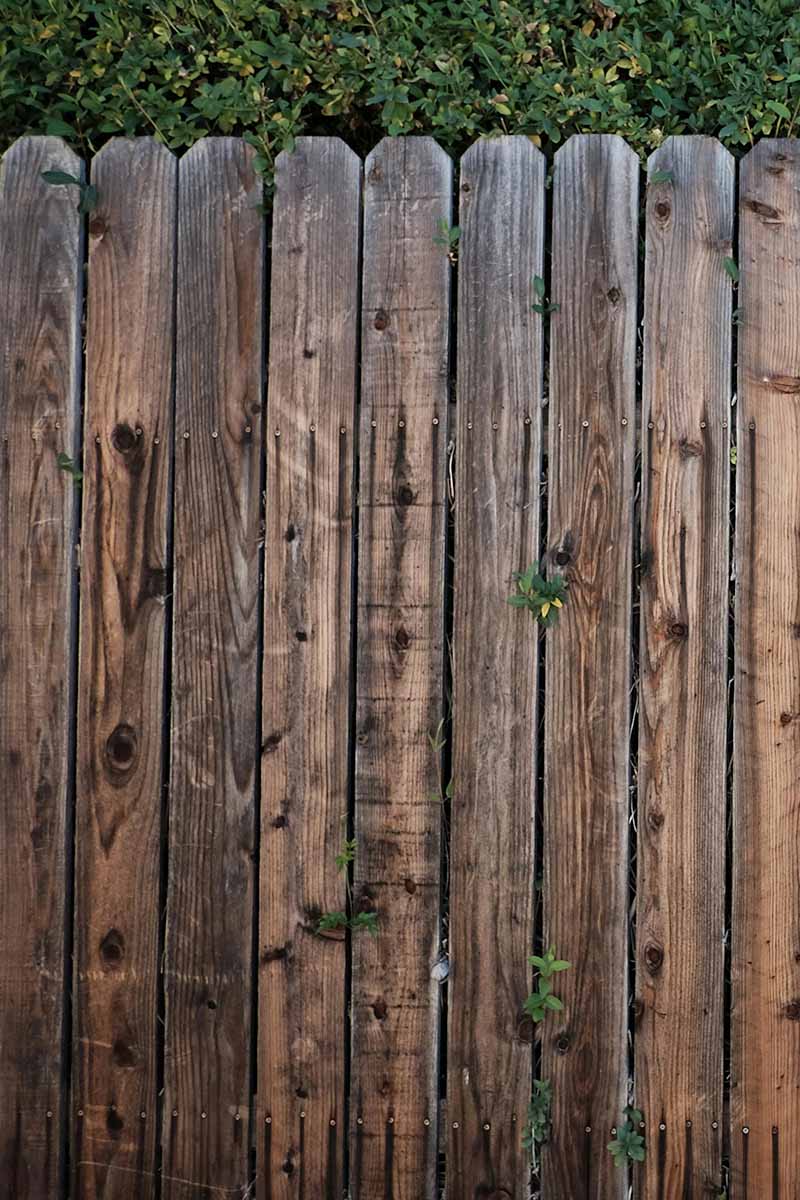
Who owns the fence and why it matters
There is no legal rule like “left fence” or “right fence” — ownership is determined by deeds, Land Registry records, or historical agreements.
Ways to check:
- Title deeds — may specify who maintains each boundary.
- Land Registry title plan — helpful but not definitive on exact line ownership.
- Historic or informal agreements — past repairs, replacements, and costs shared.
- Physical construction clues — posts and rails usually face the owner’s side, but not legally binding.
Common ownership scenarios
Can they remove it without replacing it?
In most cases, there is no legal requirement for a fence unless:
- Your deeds require a boundary structure.
- Specific regulations apply (e.g., livestock enclosures, railway safety).
If no such rules apply and the fence is theirs, they can remove it entirely — but you may install your own on your side of the boundary.
Altering or modifying a fence
Even if your neighbour owns the fence, some changes can trigger extra rules:
- Raising height above 2 metres — usually needs planning permission.
- Changing style — allowed if they own it, unless covenants restrict appearance.
- Painting or attaching items (e.g., trellis) — not allowed if the fence is yours or jointly owned without your permission.
If they alter your fence or a shared fence without consent, you can request removal of the changes.
If your neighbour changes a fence on your land
If the fence is on your property or your responsibility in the deeds:
- You control alterations — any change without consent could be trespass or criminal damage.
- You can require them to return it to its original state or remove unapproved additions.
- You have no obligation to accept changes or contribute to their cost.
- Repeated or deliberate changes can justify legal action.
Actions to take:
- Speak to your neighbour directly to clarify the issue.
- Send a written request for reinstatement.
- Gather evidence (photos, correspondence).
- Seek legal advice if needed.
Trespass and entering your land
If your neighbour or their contractors need to step onto your land to remove or replace a fence:
- They must have your consent.
- Entering without permission is trespassing.
- You can refuse access unless a legal right of access exists (e.g., under the Access to Neighbouring Land Act for essential repairs).
Disputes and ownership checks
If ownership is unclear:
- Check title deeds and Land Registry records.
- Consider a boundary agreement with your neighbour.
- If unresolved, hire a surveyor specialising in boundary issues.
- Keep discussions amicable — legal disputes can be costly and time-consuming.
Possible scenarios and likely outcomes
Save time and hassle by selling your home with us
Get a guaranteed cash offer on any property in England and Wales. All you need to do to get started is enter your address below.
Case study: Shared fence dispute
Situation:
Two neighbours share a boundary fence. The deeds show no clear ownership, but the fence has always been repaired jointly. One neighbour removes it without notice, citing cost savings.
Outcome:
The other neighbour raised a civil claim for trespass and damage to property. Mediation led to an agreement to reinstate the fence, with both sharing the cost.
Lesson:
Always confirm ownership and get written agreement before removal.
Case study: Fence removal dispute leading to court action
Situation:
A homeowner removed a fence they believed was theirs because they had paid for its last replacement. The fence was positioned slightly inside their neighbour’s garden but had historically been treated as the boundary line. No checks were made against title deeds or Land Registry records before removal.
Outcome:
The neighbour filed a claim for trespass and criminal damage, presenting evidence that the fence was on their land. The court ordered the defendant to pay reinstatement costs, compensate for damaged plants, and contribute to legal fees.
Lesson:
Assuming ownership based on appearance or maintenance history can be costly. Always verify boundaries formally.
Recap: Can my neighbour remove a fence between our properties?
- If they own it outright and it’s on their land, they can remove it — subject to covenants and planning rules.
- If you own it, or it’s jointly owned, they cannot remove it without consent.
- Unauthorised removal can amount to trespass or criminal damage.
- Always check deeds and discuss before acting.
- In unclear cases, seek specialist advice to avoid costly disputes.
Moving on from fence disputes
Fence and boundary disagreements can strain neighbourly relationships, delay property sales, and impact your enjoyment of your home. If the dispute is ongoing and making life difficult, selling quickly could be the most practical solution.
We provide a direct, stress-free way to sell your property without relying on the open market — even if there’s an unresolved boundary issue. Our process avoids estate agents, lengthy chains, and the risk of buyers pulling out because of legal disputes.
- Fair market valuation based on local data.
- Fast sale with no viewings or delays.
- Lower price than market value, but guaranteed speed and certainty.
- Flexible sale timeline to suit your needs.
Property owners are choosing Habello for a faster, easier and less stressful way to sell
Sell your home quickly for cash by accepting an offer just below market value. See how we compare to your other options by using the calculator below.
Related guides
Bring yourself up to speed with our property guides.





